A moisture in oil sensor monitors dissolved and free water in lubricating and insulating oils with high sensitivity, providing fast, reliable readings via analog or digital outputs for easy integration into control systems. It enables real‑time alerts and trend data to support condition‑based maintenance, helping prevent corrosion, loss of dielectric strength, and premature equipment wear, thereby reducing unplanned downtime and extending asset life
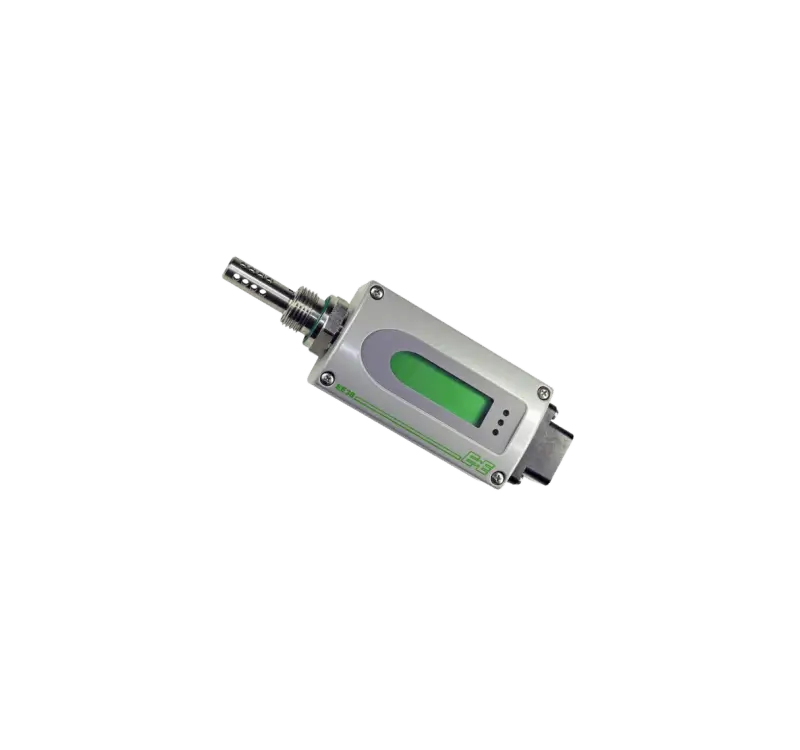
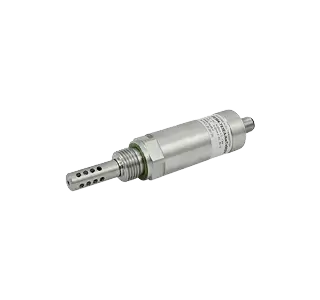

Quickly verify paint thickness for used car assessments, repairs, and quality checks.
Ensure coating specifications are met on structural steel, railings, and metal fixtures.
Perform fast pass/fail checks on production lines and incoming parts.
Confirm coating thickness during application to prevent costly over- or under-application.
Detects water in oil for real‑time alerts and preventive maintenance
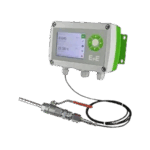
EE360 is a compact dew-point sensor offering ultra-low range measurement, fast hot-film response, temperature compensation, 4–20 mA and Modbus outputs, rugged stainless-steel probe, ideal for compressed air monitoring and predictive maintenance integration
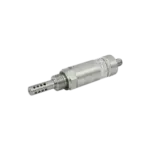
EE364 provides high-accuracy moisture-in-oil measurement with capacitive sensing, rapid response, onboard temperature compensation, dual analog and digital outputs, IP65 housing, optional heated probe, suitable for transformers, hydraulics, and asset management
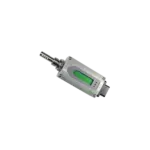
EE381 is an industrial-grade dew point transmitter featuring extended low-range detection, fast hot-film sensor, remote probe options, Modbus and Ethernet connectivity, graphical display, programmable alarms, stainless probe and hazardous-area certification
High Sensitivity: Detects dissolved and free water at low ppm levels
Fast Response: Near real‑time moisture updates
Temp Compensation: Corrects readings for oil temperature
Dual Outputs: 4–20 mA and Modbus/RS485 connectivity
Rugged Probe: Corrosion‑resistant, field‑replaceable design
Self Diagnostics: Status indicators and fault detection
Parameter: Water in oil (ppm by weight)
Range: 0–5,000 ppm (extended to 10,000 ppm optional)
Accuracy: ±1–3% of reading
Resolution: 1 ppm
Outputs: 4–20 mA, RS485 Modbus (optional Ethernet/relays)
Power & Env: 12–36 V DC; −20 °C to +85 °C; IP65; stainless‑steel probe
For Rough Surfaces, For High Precision, For Non-Metals and For Tight Spaces
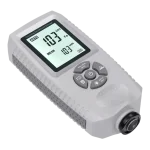
A CO₂ sensor monitors carbon dioxide levels for safe and healthy air

Monitors moisture and heat for balanced indoor climate

Measures airspeed to ensure proper flow and system efficiency
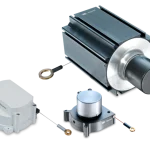
Collects data from multiple sensors for easy monitoring

Detects condensation risk for reliable system protection

Measures humidity and temperature for system integration


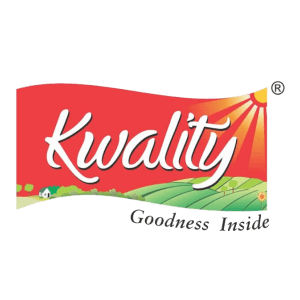







It continuously measures water contamination (ppm or % saturation) in compressor and refrigerant oils.
Water creates corrosive acids in the oil, which destroys internal components and leads to catastrophic compressor failure.
It’s an early warning system that detects moisture in real-time, preventing major breakdowns and costly repairs.
Continuous monitoring provides real-time protection and catches sudden leaks that periodic manual sampling can miss.
They are installed directly into the oil line of large equipment like industrial chillers and compressors.
Common sources include system leaks, improper servicing, or the breakdown of internal components.